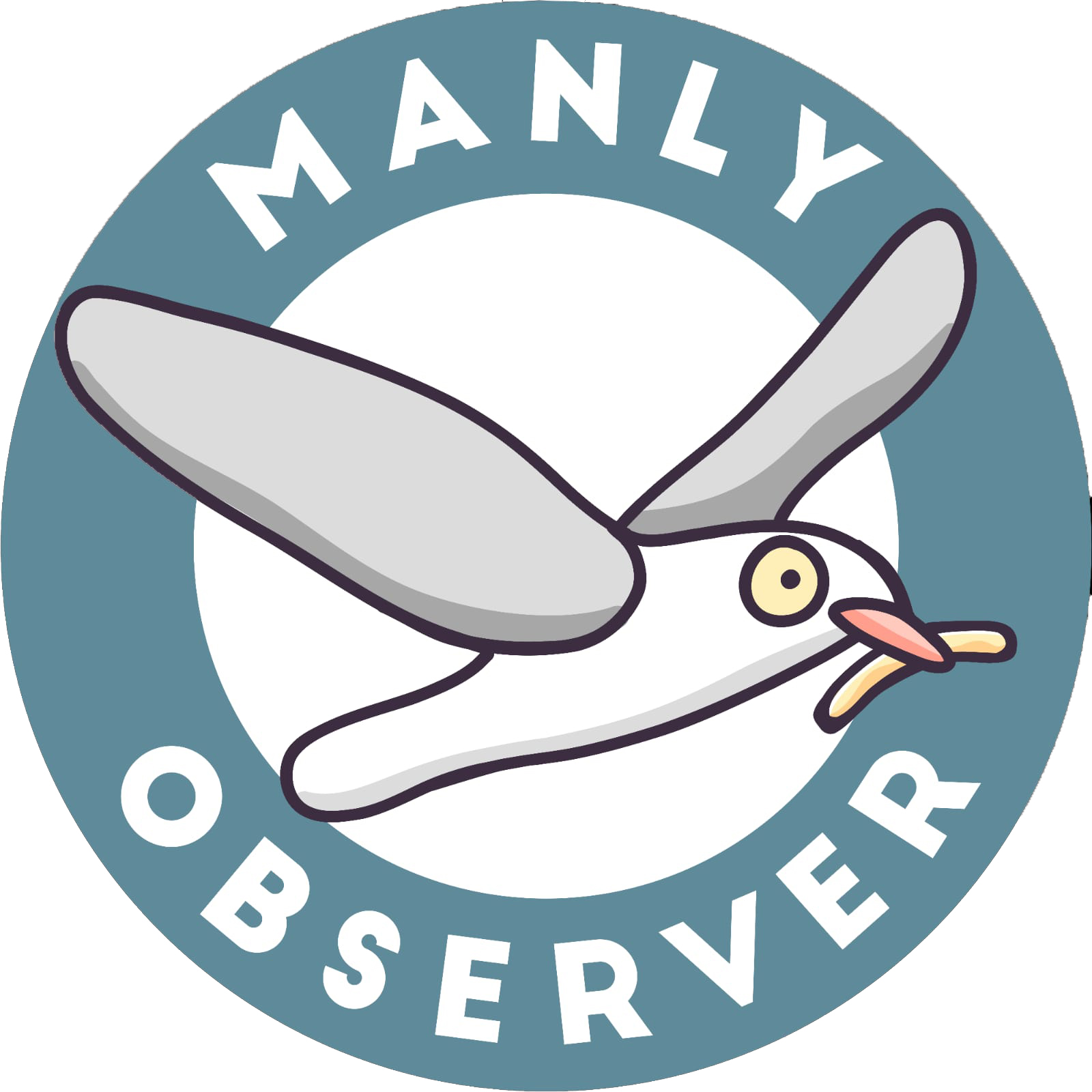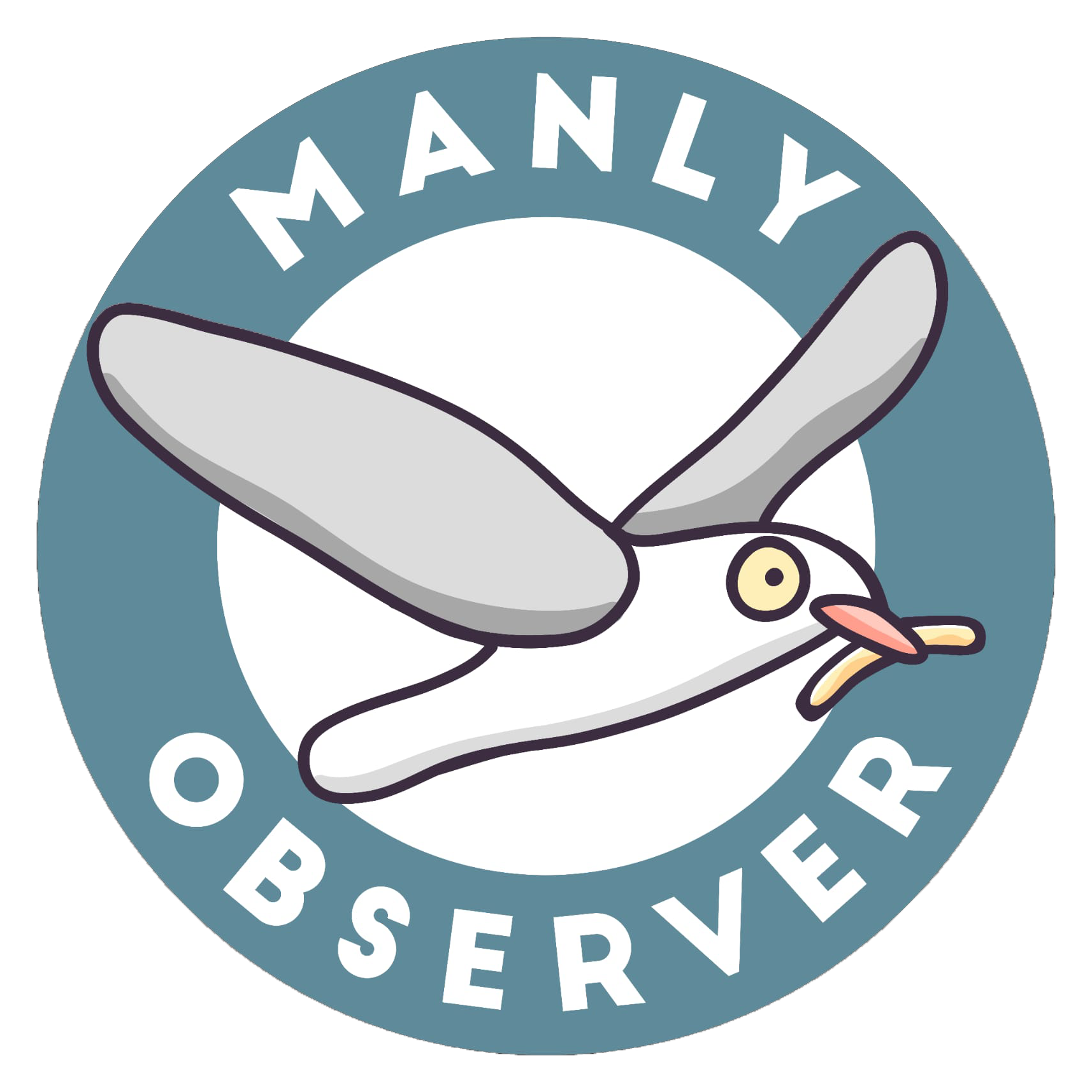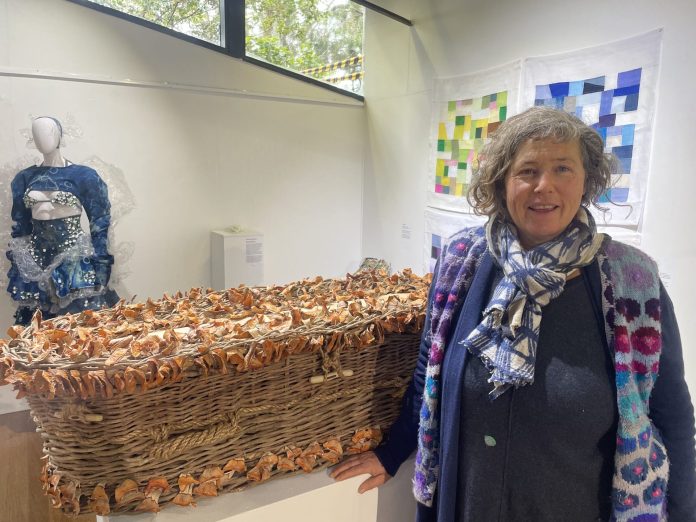You may have made peace with your inevitable demise from this world, but could you weave your own coffin?
Meet Zimmi Forest, Environmental Art & Design Finalist, who offers just that to a growing environmentally conscious community as their final eco-warrior act on Earth.
Zimmi has been a basket weaver for 30 years, however, it turns out Australians prefer cheaper imports than Australian-made baskets. Australians also prefer imported woven coffins from Asia which aren’t as environmentally friendly as they are promoted to be. When the local community showed no interest to come to weekend workshops to harvest and weave baskets, Zimmi realised the next logical step was for her to take on the invasive species, Cat’s Claw, in a bigger project… coffins.
“The fact that we had no coffin weavers in Australia was always in the back of my mind,” Zimmi, weaver behind regenerative coffins d’Vine Creations Coffins, says.
“When I came across the introduced and invasive species, Cat’s Claw, I realised I’d found the material I needed to weave coffins. I mean, weaving a coffin is just weaving a bigger basket.”
For her baskets (the smaller, carry around kind), Zimmi preferred to use locally sourced plant fibres. She didn’t want to use native vines for coffins, she explains they are too precious and not as abundant. It wasn’t until a friend who is into organic land care realised that the vine they were removing from a property would be perfect for weaving that it all came together.
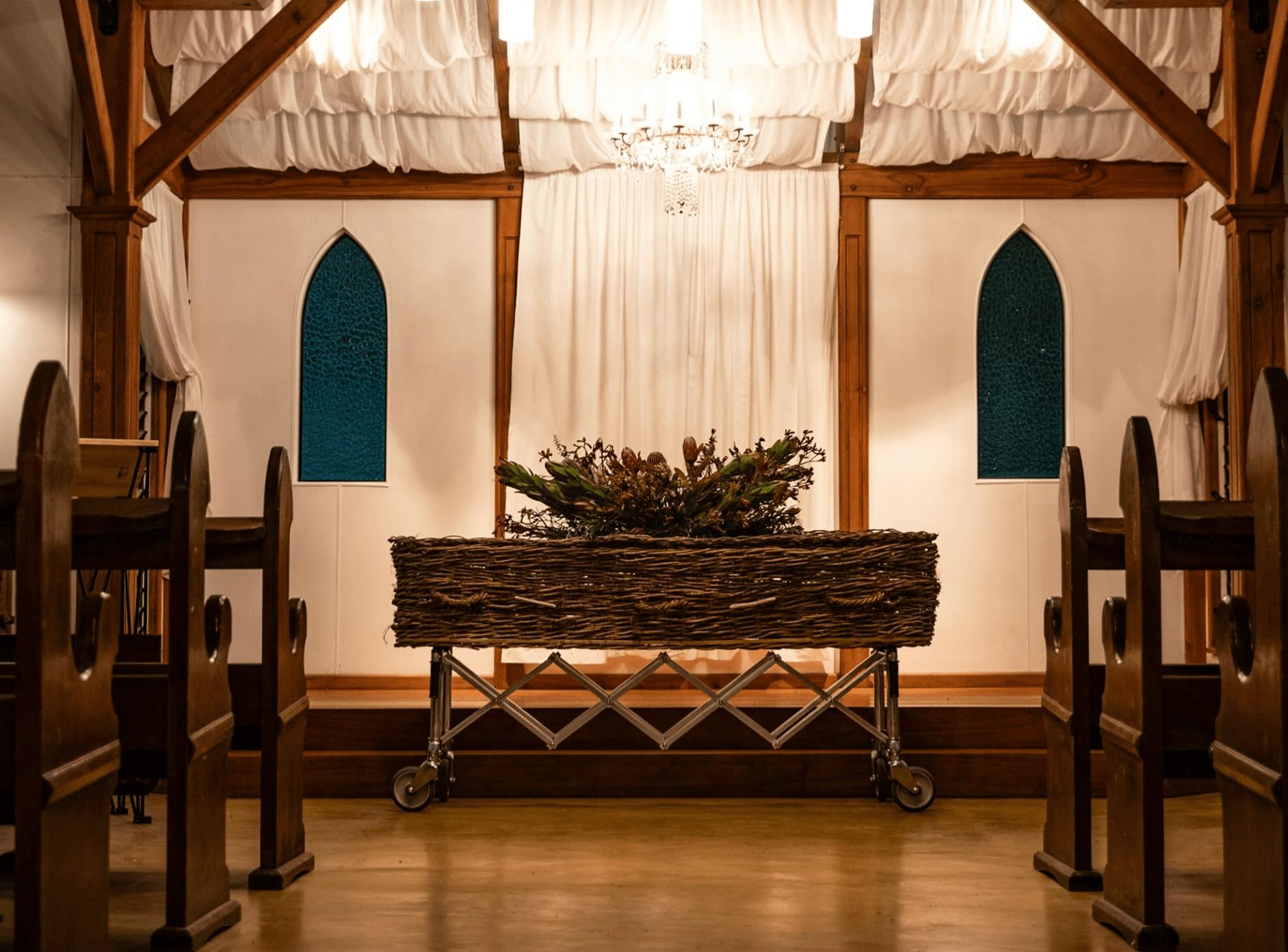
Cat’s Claw is native to Central and South America and was introduced in the 1950s to Australia to spruce up gardens. However, when they escaped the fences, they wreaked and continue to wreak havoc on our natural environment.
“It’s the fifth most invasive plant in Australia, and it creeps up these beautiful grandmother trees, suffocating them, and then creeps over them to prevent any sunlight getting to the tree, which kills them,” Zimmi explains.
“It grows from tropical Queensland all the way down to the NSW mid coast.”
Zimmi says that one way of destroying Cat’s Claw is to spray it with chemicals. However, those chemicals end up in the air and our waterways. By removing it by hand, not only is she sparing the environment from harmful chemicals, she’s also saving the forest by removing the species, leaving nature in a better way than she found it and using the vines for a purpose (as opposed to it ending up in landfill).

“I’d love to be proven wrong, but as far as I know, I’m the only regenerative coffin weaver around,” she adds.
Zimmi works in the Northern Rivers and collects most of the material from private land.
“I generally work within about 300 kilometres of where I am, and it really is a case of knocking on people’s doors and asking them if we can remove the Cat’s Claw on their property,” she says.
“Everyone is really happy for me and my team to come and remove it.”
It’s not just about saving the forests, it’s about death too.
d’Vine Creations Coffins offers the option of weaving your own, or a loved one’s coffin. In the few months since the business started, 20 people have participated in weaving coffins.
“It seems quite morbid, crafting your own coffin, like digging your own grave even though you are alive, but it really opens up the conversation around death and grieving,” Zimmi explains.
“It seems quite morbid, crafting your own coffin, like digging your own grave even though you are alive, but it really opens up the conversation around death and grieving.”
“In the past, we used to grieve as a community, but now we grieve in isolation and there is the mentality to just get on with it, back to work and we haven’t fully expressed our grief and it always impacts us if we don’t fully express those emotions.”
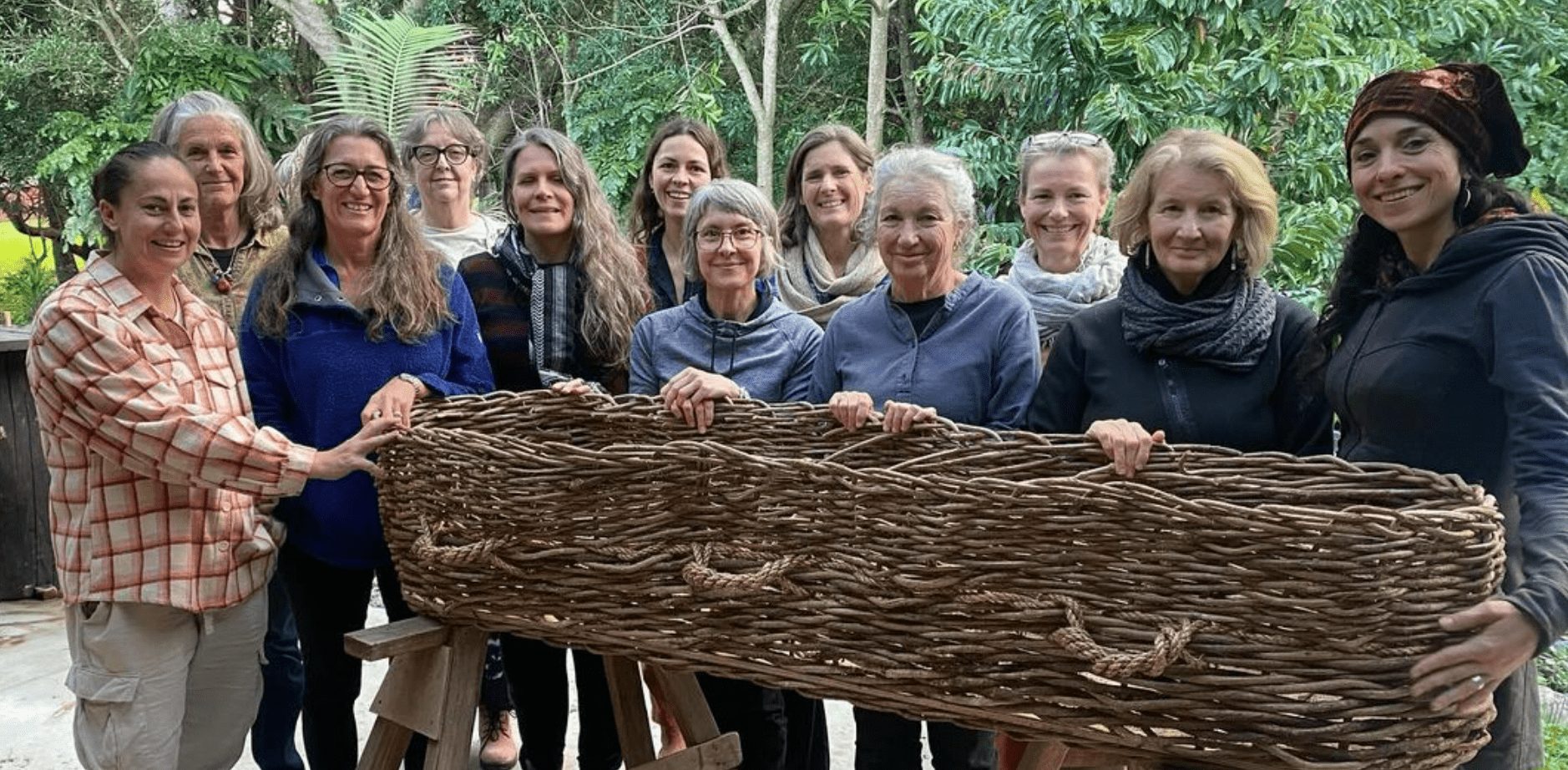
Death educators join the weaving workshops to help guide the weavers through the process of speaking about death.
“When we craft with our hands, we get out of our head and are more in tune with our emotions and the conversations that flow during those sessions are so incredible,” Zimmi adds.
Weaving a coffin
Weaving a coffin is no easy process. It first includes a team of at least four people to camp in the forest while they remove the Cat’s Claw from the trees.
“We spend a couple of days climbing and pulling and cutting and rolling it into coils,” Zimmi says.
“Then we carry it back to the campsite and do it again the next day. It takes about two days to get enough material for a coffin.”
The vines are then transported to the studio where another team cleans up the material. To complete an adult size coffin, it takes two people about 50 hours to weave. The weaving has to be done in pairs – one person weaves while the other person untangles the vine.

“The coffins are handmade, and so if people want to personalise it, they can,” Zimmi explains.
“If they wanted to weave through thread from a special blanket or significant piece of clothing, they can do that.”
Zimmi plans to continue to see how she can make the funeral industry beyond sustainable, into regenerative.
“I’m going to start making wreaths and other funeral arrangements that don’t use foam or plastics or wires like traditional flower arrangements use,” she says.
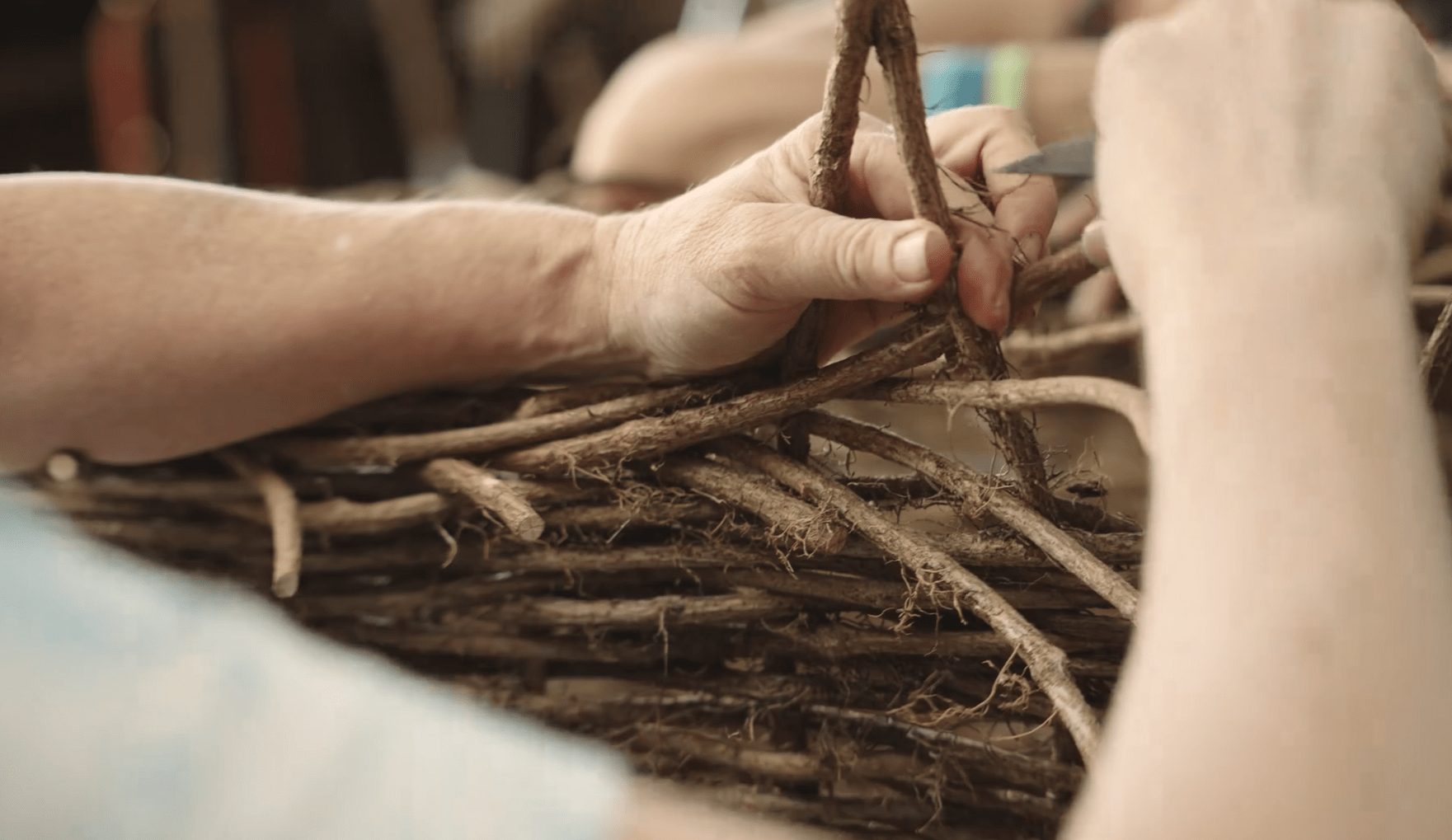
Zimmi’s coffin (a smaller size due to ease of transport) is available to view at Curl Curl Creative Space until 25 August.
“It’s an honour to be a finalist in the Design Prize, but more importantly, I’m just so happy that there’s even a prize with a focus on the environment,” Zimmi says.
“Not only to see some really talented people with really amazing ideas, but also that sustainability is getting a spotlight shone on it.”
